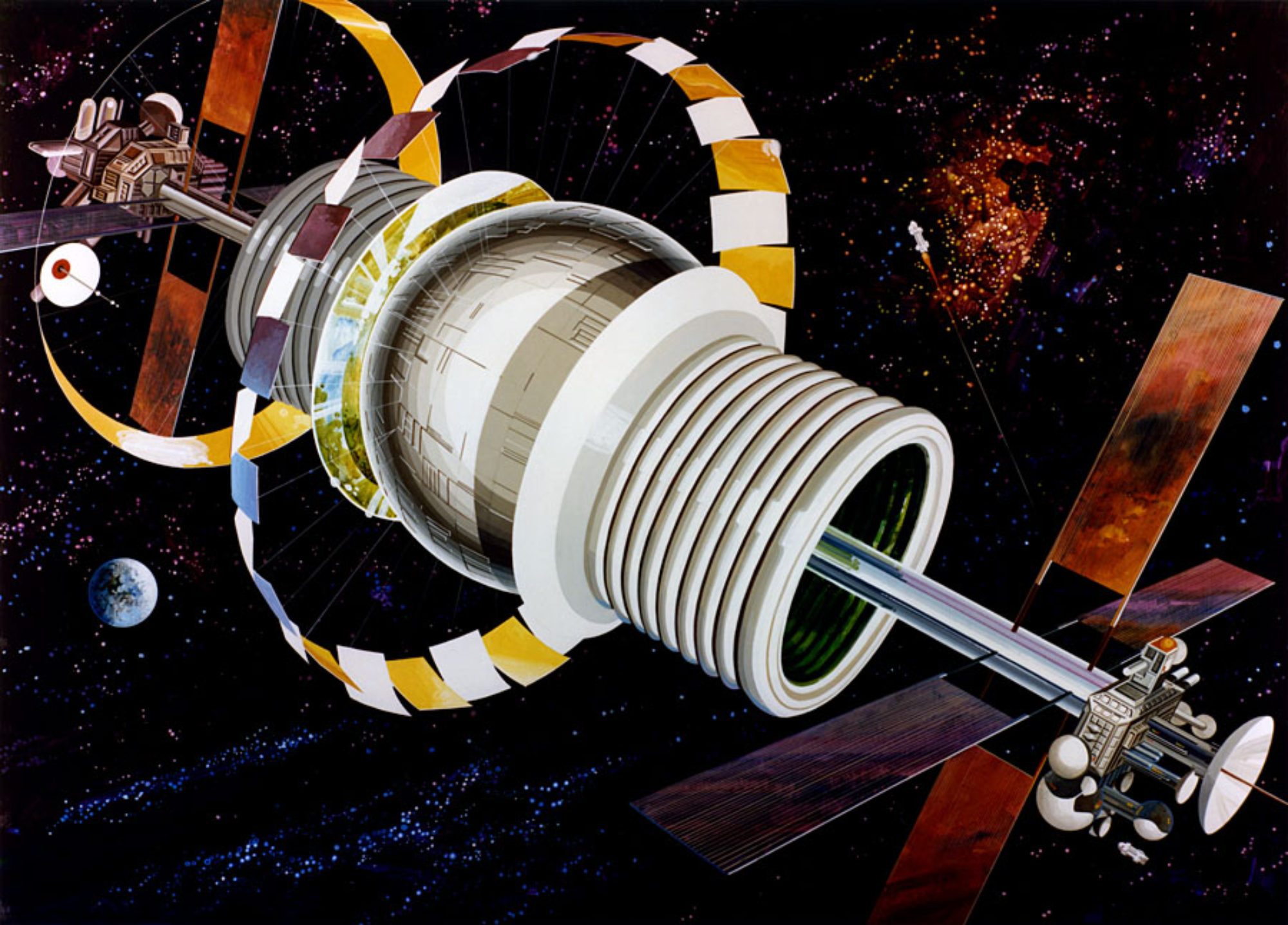
When humanity migrates out into the solar system we’ll need a variety of elements on the periodic table to build settlements and the infrastructure needed to support them such as solar power satellites. But before that future becomes a reality, there may be a near term market on Earth for precious metals sourced in space as transportation costs come down. There is also the added benefit of moving the mining industry off planet to preserve the environment. Could the asteroid belt provide these materials? Kevin Cannon, assistant professor at the Space Resources Program at the Colorado School of Mines describes the prospects for mining precious metals and building materials for space infrastructure asteroids in a recent paper in Planetary and Space Science. Coauthors on the paper Matt Gialich and Jose Acain, are CEO and CTO, respectively, at the asteroid mining company AstroForge which just came out of stealth mode last year.
The asteroids have accessible mining volume that exceeds that available on the Moon or Mars. This is because only the thin outer crust of these bodies is reachable by excavation, whereas the asteroids are small enough to be totally consumed resulting in higher accessible mining volume.

The authors take a fresh look at available data from meteorite fragments of asteroids. Their analysis found that for Platinum Group Metals (PGMs), the accessible concentrations are higher in asteroids than ores here on Earth making them potentially profitable to transport back for use in commodity markets.
“Asteroids are a promising source of metals in space, and this promise will mostly be unlocked in the main belt where the Accessible Mining Volume of bodies greatly exceeds that of the terrestrial planets and
moons”
PGMs are indispensable in a wide range of industrial, medical, and electronic applications. Some examples of end-use applications include catalysts for the petroleum and auto industries (palladium and platinum), in pacemakers and other medical implants (iridium and platinum), as a stain for fingerprints and DNA (osmium), in the production of nitric acid (rhodium), and in chemicals, such as cleaning liquids, adhesives, and paints (ruthenium).
It has been pointed out by some analysts that flooding markets here on Earth with abundant supplies of PGMs from space will cause prices to plummet, but the advantage of reducing carbon emissions and environmental damage associated with mining activities may make it worth it. The authors also point out that there are probably various uses where PGMs offer advantages in material properties over other metals but are not being used because they are currently too expensive.
Asteroids are rich in other materials such as silicon and aluminum which would be economically more useful for in-space applications. As the authors point out, some companies are already planning for use of metals and manufacturing in space such as Redwire Corporation with their On-Orbit Servicing, Assembly and Manufacturing (OSAM) and Archinaut One, which will attempt to build structural beams in LEO. Another example mentioned in the paper has been covered by SSP: the DARPA NOM4D program with aspirations to develop technologies for manufacturing megawatt-class solar arrays and radio frequency antennas using space materials. Finally, another potential market for aluminum sourced in space is fuel for Neumann Thrusters (although spent upper stage orbital debris may provide nearer term supplies). And of course, silicon will be needed to fabricate photovoltaic cell arrays for space-based solar power.
AstroForge will test their asteroid mining technology on two missions this year. Brokkr-1, a 6U CubeSat just launched on the SpaceX Transporter 7 mission last April, will validate the company’s refinery technology for extracting metals by vaporizing simulated asteroid materials and separating out the constituent components. Brokkr-2 will launch a second spacecraft on a rideshare mission chartered by Intuitive Machines attempting their second Moon landing later this year. Brokkr-2 will hitch a ride and then fly on to a target asteroid located over 35 million km from Earth. The journey is expected to take about 11 months and will fly by the body and continue testing for two years to simulate a roundtrip mission.







